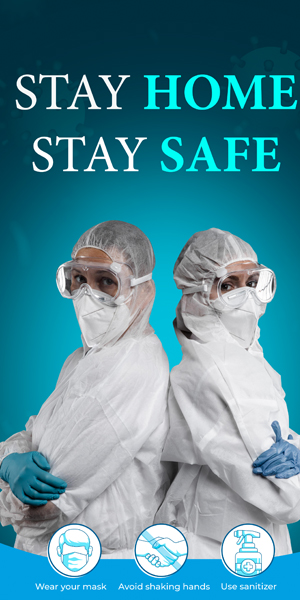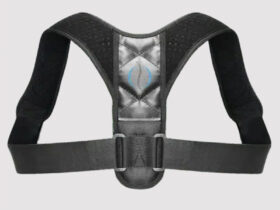Having painful muscles is one of the drawbacks of exercising. Depending on the training method and the intensity of the workout, muscle soreness can range from being barely perceptible to being quite painful. Here is what helps sore muscles after a workout.
Why Do Our Muscles Hurt? What causes the pain in our muscles?
Muscle pain after exercise, sometimes called delayed-onset muscle soreness (DOMS), is a sign that you’ve harmed your muscles. If this kind of damage, called micro-tearing, occurs, your body will begin the repair process by triggering inflammation there.
Experts say that the tightness and soreness you feel after an exercise typically don’t set in until 12 to 24 hours later. This occurs when the affected muscles become swollen and therefore more difficult to move.
All form of exercise can cause some muscle injury, but some regimens are notorious for inflicting far more damage and discomfort than others. In particular, you might expect increased damage and soreness from workouts that you have never done before, that are more intense than usual, or that demand a substantial amount of eccentric movement.
Though it’s understandable to desire to limit inflammation in our daily lives due to the fact that it’s been linked to a host of health problems, inflammation of a certain magnitude is actually necessary for muscle growth and repair. Muscle discomfort is to be expected, but it shouldn’t last too long. While inflammation isn’t always something we want to avoid, it is something we’d like to have under control as soon as feasible. If you help your harmed muscles recover, they will likely recover even larger and stronger than before.
Six Strategies for Minimizing Exercise-Induced Muscle Soreness
Your muscles need time to heal, so there’s no quick fix, but there are ways to deal with muscle pain and speed up the healing process. This is the information you must have.
First, during and after your workout: Hydrate
Although it may seem like stating the obvious, staying hydrated is crucial during the muscle regeneration process. Drinking water keeps the fluids circulating through your system, that decreases inflammation, levels out waste, and delivers nutrients to your muscles.
Right Apply pressure to your muscles after your workout. Whether with a foam roller or massage gun (Self-Myofascial Release)
Self-myofascial release (SMR) tools include the foam roller, lacrosse ball, and massage stick. Self-myofascial release (SMR) is a method for easing tension in the body’s musculature and fascia. When used after exercise, this method also aids in the circulation of fluids that have accumulated in the muscle.
Have some nourishment within the first half-hour after a strenuous workout
If you give your weakened muscles what they need to heal and grow back stronger, you can speed up the time it takes to go back to full strength after an accident. In the first half an hour following a long or rigorous workout, he suggests starting the healing process with 20–40 grammes (g) of protein and 20–40 g (g) of carbohydrates. This needs to be finished immediately (one that is 60 minutes or longer).
As Time Goes On: Sleep
One of the key reasons sleep is so important is that it plays a critical role in the recovery process following physical activity. It might not look like it’s having any effect right away, but it could end up being quite useful. Therefore, you shouldn’t skimp on your shut-eye in the period immediately following exercise. The National Sleep Foundation recommends that adults receive seven or more hours of sleep every night.
Over-the-counter versions of these medications can ease discomfort and lower inflammation. Naproxen, ibuprofen, or aspirin could be helpful.








Leave a Reply